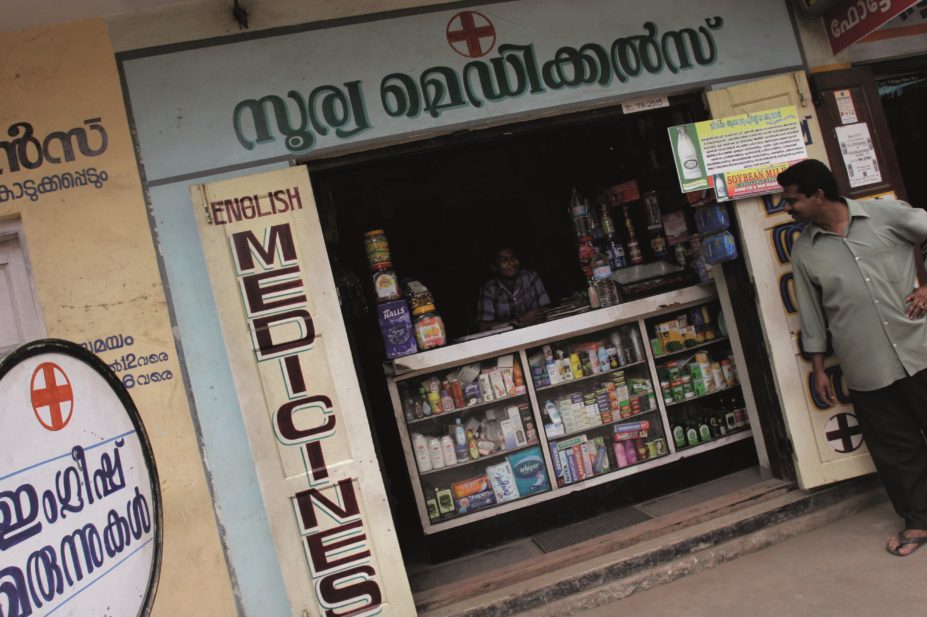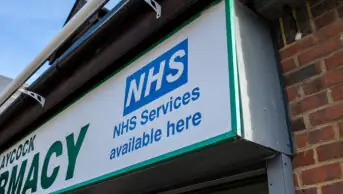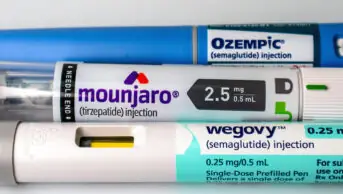
Fredrik Renander / Alamy
Medicines regulators in India have put forward proposals to ensure that consumers know the maximum price that they should be charged for certain medicines.
The National Pharmaceutical Pricing Authority (NPPA), which controls the price of drugs that are deemed to be ‘essential’, has called for each vial or strip of these scheduled medicines to have its ceiling price clearly displayed on the bill provided to consumers by dispensing pharmacies. The aim is to allow consumers to opt for cheaper drugs and to make them less vulnerable to overcharging by pharmaceutical companies and retailers.
In May 2013, India’s Department of Pharmaceuticals published its Drug (Price Control) Order (DPCO) 2013, bringing 652 drugs under government price controls.
The DPCO 2013 requires every retailer to display price lists for medicines, based on the prices issued by manufacturers. However, most retailers were not complying with this requirement because of space constraints.
Injeti Srinivas, chairman of the NPPA, believes the new billing approach will “strike a balance between ease of implementation for the industry and consumer education” and will help to implement the price control order while empowering consumers.
The ruling will also ensure that consumers know which drugs are on India’s national list of essential medicines; a list designed to promote the rational use of medicines.
The NPPA’s initial proposal was to include additional information on drug packaging to ensure consumers were aware which drugs were on the essential medicines list and what their ceiling prices were. However, several industry organisations and pharmaceutical companies opposed the plans, stating that drug labels were already congested and that additional labelling requirements would be costly and burdensome.
The NPPA is now expected to meet with pharmaceutical trade associations to discuss implementing the proposals.


